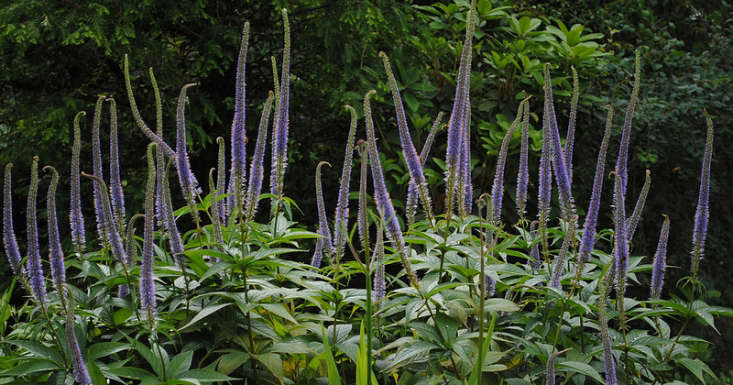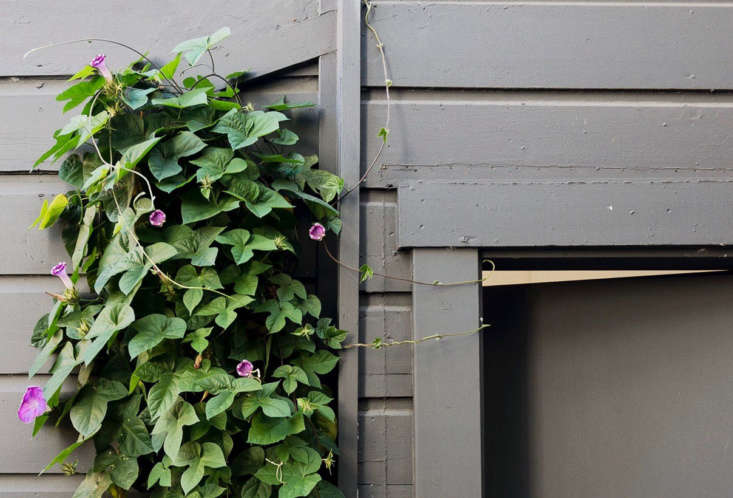This spring marks our fifth anniversary in our house. That means I now have five years of gardening under my belt—five years of planting, watering, weeding, and worrying about the state of our yard. Yet, every planting season, I learn something new. For instance, just last week, I learned that it’s okay to purposely kill a plant.
Here, five perfectly valid reasons for premeditated murder of a non-weed plant:
N.B.: Featured photograph by Justine Hand for Gardenista, from Landscaping 101: A Garden Arsenal to Fight Weeds.
1. It’s no longer attractive to you.

My first year in the house, I remember telling a neighbor how angsty I felt about choosing the right plants for our garden. What if they don’t play well with the adjacent plants? What if they don’t grow up to be as pretty as I think they will? “Well, if you end up not liking what you planted, you can always just pull it up,” she replied, with a note of duh-exasperation in her voice. I nodded in agreement, but secretly thought, what a psychopath! I’m not going to kill my plant babies just because they don’t live up to my expectations.
It took me five years to realize she was right. Last week, I finally decided to part ways with the Veronica “Royal Candles” flowers I planted that first year. (I hated them from the beginning—they turned out to look like, well, candles, with their inelegant and stiff upright stems.) And I felt no guilt, just relief that I was now free to replace them with flowers that I do like.
2. It’s not thriving.

In a killing mood, I also pulled up a lavender bush. I knew full well that it wouldn’t fare well under the shade of large tree, which is where I had decided to plant it, but in that first year, I practiced a lot of wishful planting. When the lavender didn’t die, I was overjoyed. And when it came back the following summer, I took it as a sign of success. Not dying, though, is far from thriving. This year, no longer able to tolerate its scrappy legginess, I finally put an end to its misery (and mine). Better to replace it with something that actually likes the shade.
3. It’s spreading aggressively.

A very good reason to purposely kill a plant is if it’s categorized as invasive in your area. I planted a Scotch broom shrub a few years ago, not knowing that it’s considered a noxious weed in California, Oregon, Washington, British Columbia and parts of the east coast of North America. Even though it’s not classified as invasive in my area, I decided to pull it up after I detected it aggressively spreading this year. (See Native Plants: 10 Alternatives to Invasive Garden Invaders.)
4. It’s outnumbered.

The garden you start out with is most definitely not going to look the same in a few years. Part of the reason is that as plants grow, they get fuller or they spread. It’s totally acceptable to thin out your garden to give your plants more breathing room. Or to pull up a particularly tall plant so that the ones under it can get more sun.
5. It’s at the end of its lifespan.

Like animals, plants have lifespans. Some perennials, like peonies, can live longer than humans; others, like delphiniums and lupines, last just a few years. Familiarize yourself with your plants’ lifespans and come to terms with the fact that no plants are meant to last forever. Your garden is impermanent—which means you’ll always have to put work into it. But on the bright side, you always have the power to correct mistakes and start over.
For more beginner gardening stories, see:
- Your First Garden: 5 Rookie Mistakes to Avoid This Spring
- Your First Garden: The Easiest Vegetables to Grow
- 10 Things Nobody Tells You About Your First Garden









Have a Question or Comment About This Post?
Join the conversation